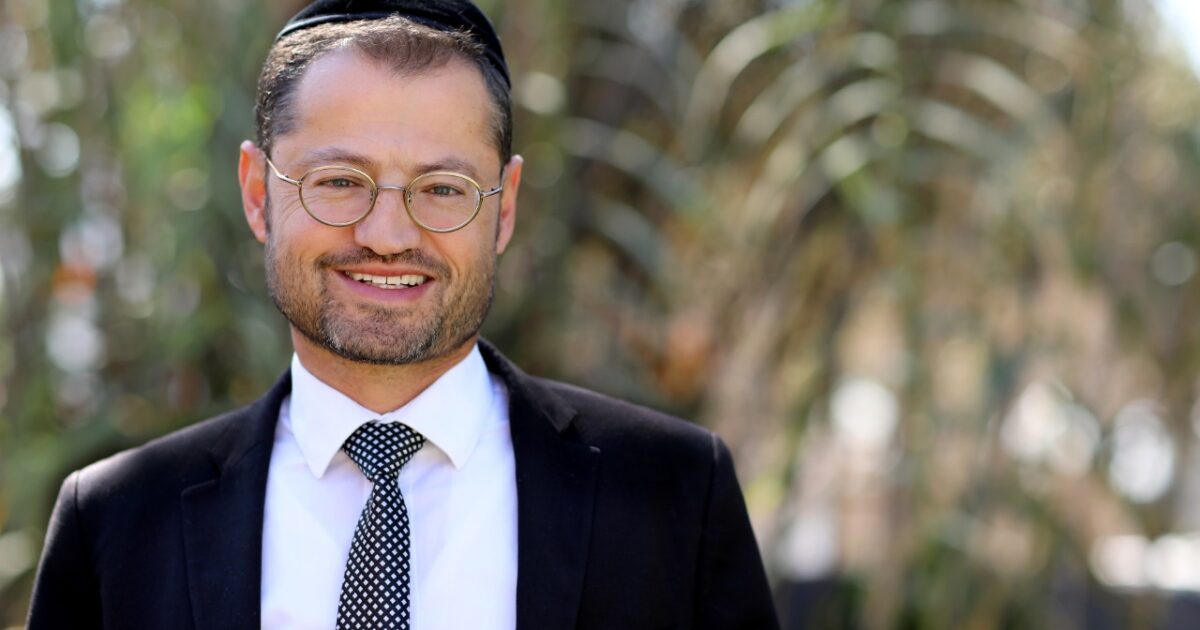Religion
Liberating the soul

The Talmud (Rosh Hashanah 16b) tells us that there are three books opened on Rosh Hashanah: “Those who are completely righteous are immediately signed and sealed for life. Those who are completely wicked are immediately signed and sealed for death. Those who are in between hang in the balance until Yom Kippur. If they are meritorious, they are inscribed for life, and if they aren’t found meritorious, they are inscribed for death.”
The basic understanding of whether a person is “righteous” or “wicked” usually depends on the amount of mitzvahs and transgressions that person has performed. The righteous have more mitzvahs than transgressions, while the wicked have more transgressions than mitzvahs.
Rabbi Shlomo Wolbe in his book Maamarei Yemei Ratzon, cites the Alter of Kelm’s challenge of this explanation. Since the Gemarah states that one who fails to observe even a rabbinic commandment is called wicked, how can righteousness be dependent on the ratio of mitzvahs to transgressions? One might have more mitzvahs than transgressions and still be considered wicked because that person failed to observe a rabbinic commandment.
It must be, says the Alter, that “righteous” and “wicked” in the above context describe a person’s standing regarding teshuvah – repentance. One who is close to repentance is righteous, and one who is distant from repentance is wicked. Even if one has performed numerous sins, if that individual bemoans their lowly spiritual state and has a sincere desire to improve, in heaven, they are included in the book of the righteous.
According to this explanation, who are those who are “in between”, who are neither completely righteous nor completely wicked? A person is either close to performance of teshuvah or far from it; they cannot be near and far at the same time.
The answer is that we are complex creatures. At times, we loyally serve our Creator, there are also times when we serve our lower selves, doing as we please and ignoring our spiritual responsibilities. This describes those who are in between. Such a person might have areas where they are close to teshuvah. Yet in other areas, they serve their evil inclination, leaving them far from teshuvah as it doesn’t occur to them that they have anything to rectify.
Our work on Yom Kippur is to recognise that we need to embrace our Creator at all times because then we liberate ourselves from the evil inclination. Attaining a spiritual level in which every aspect of one’s life is geared toward serving one’s Creator is a lifelong career, but it all begins with recognising that we have only one master. This recognition isn’t just the cornerstone of teshuvah, it’s key to liberating the soul.
